March 1 trinkets. The significance of the white and red wires
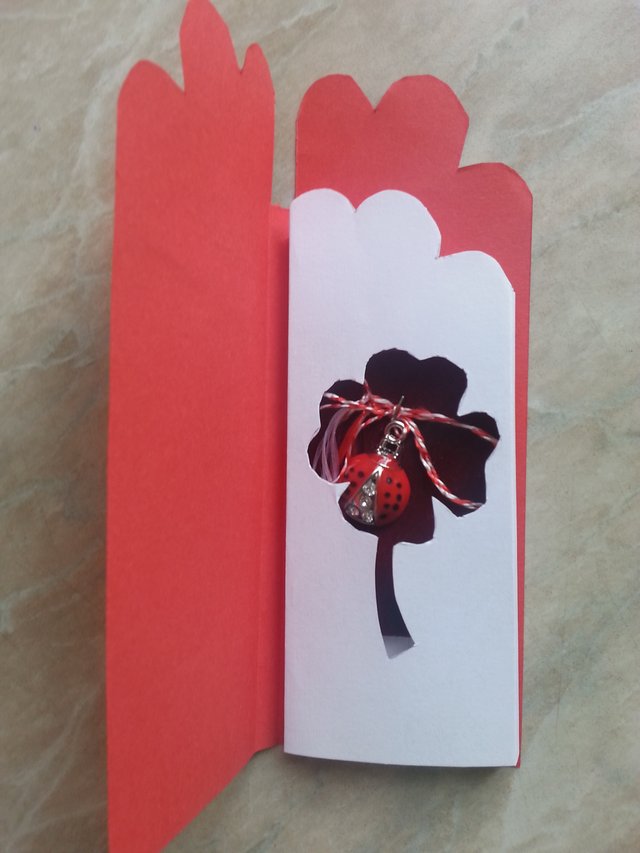
March 1 trinkets. Mărţişorul is a tradition in Romania, Moldova and neighboring territories inhabited by Romanian or Macedo. Similar habits are found in Bulgaria, Albania, Macedonia.
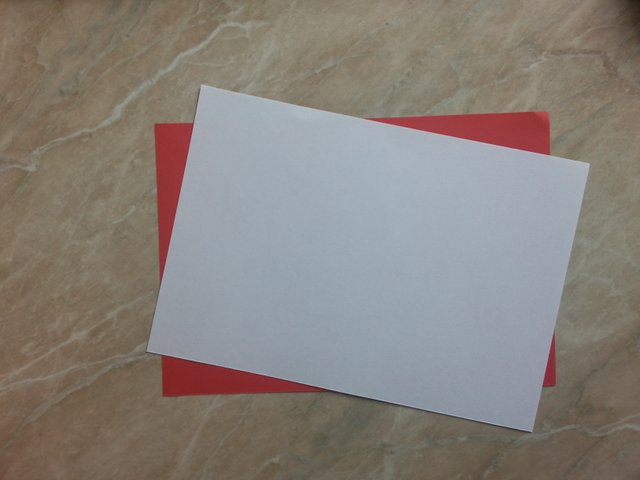
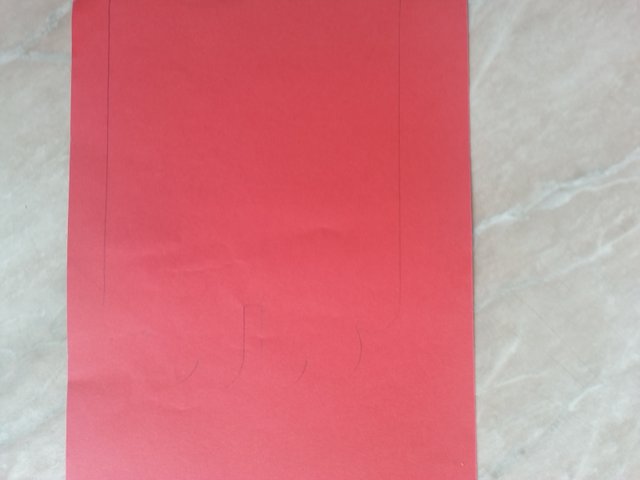
The significance of white and red threads that intertwine in a string that is attached a small object is revealed and legends. Thus it is said that the sun would come down to earth in the form of a beautiful girl and had been held prisoner by a kite. To release it, a sturdy kite fighting was spilling his blood in the snow. The sun climbed in the sky again, and in places the snow has melted, sprung snowdrops - heralds of spring.
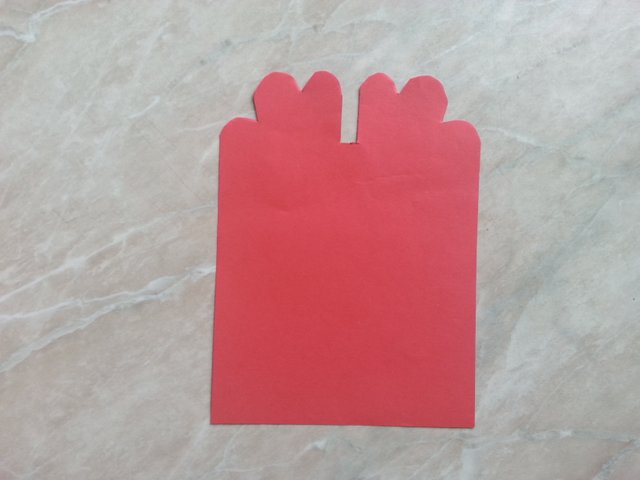
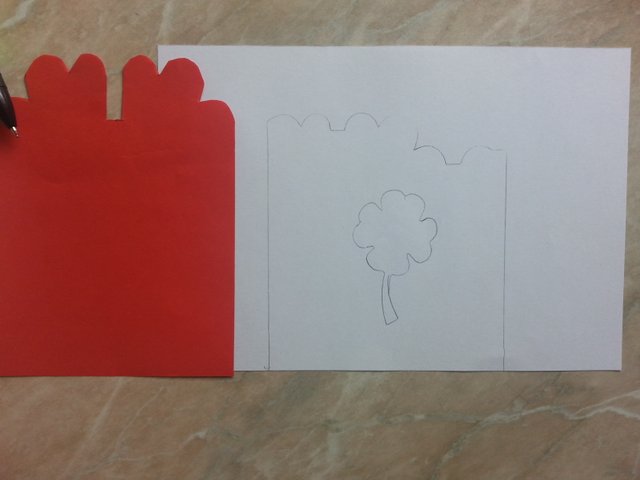
March 1 trinkets. According to a myth circulating in Moldova in the first day of March, beautiful Spring has come to the edge of the forest and observed how, in a clearing in a blackthorn bush, under a rising snow snowdrop. Called winter wind and frost and snowdrop flower destroy froze, but Spring has brushed aside the snow, injuring a finger because mărăcinilor.O hot drop of blood fell on flower making it to revive. In this way, he defeated Winter Spring and the colors Trinket refer to blood red on white snow
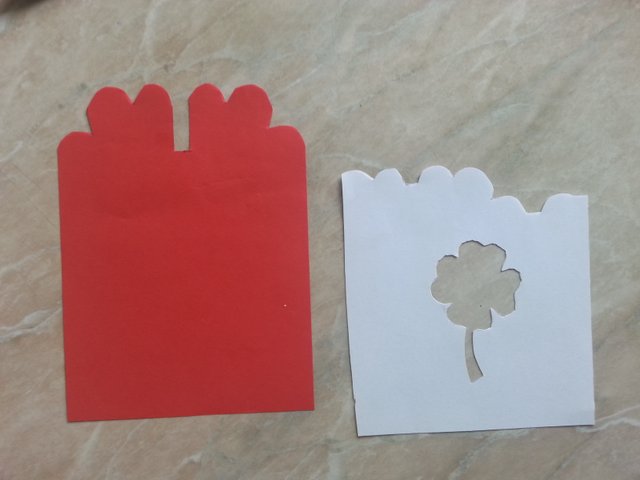
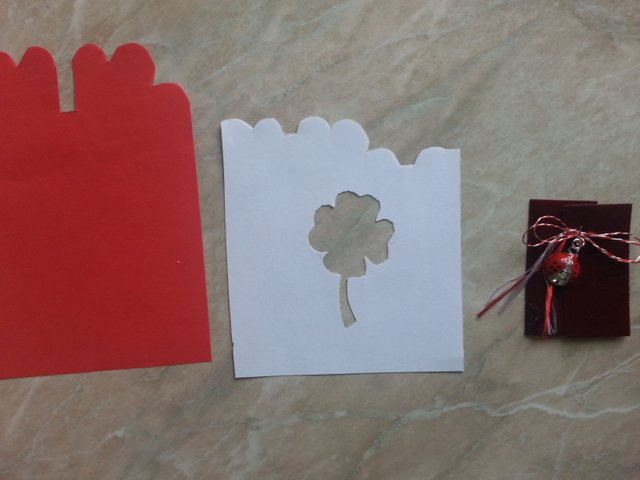
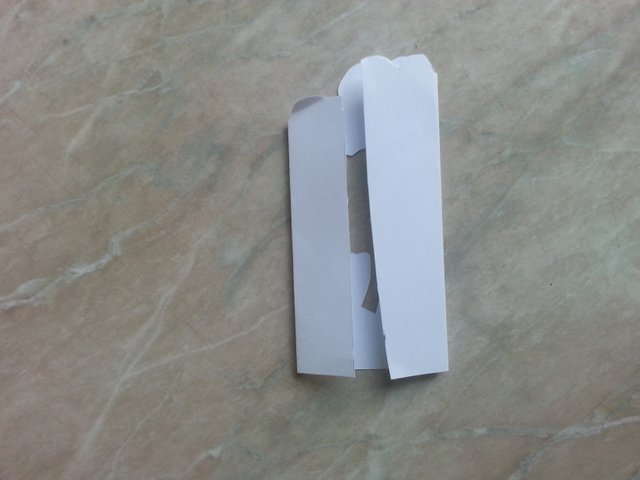
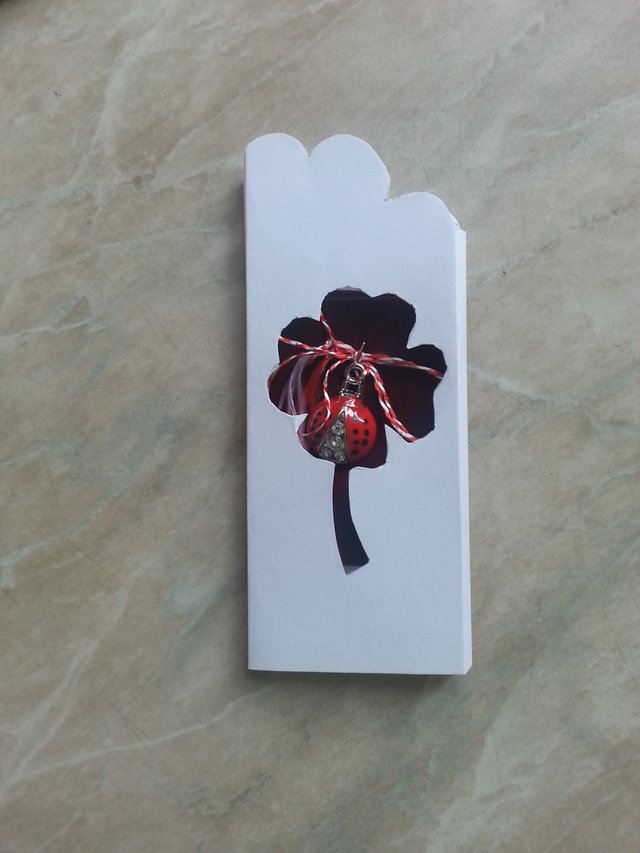
Currently martisor it is worn throughout the month of March, after which it is trapped by the branches of a fruit tree. It is believed that it will bring abundance into people's homes. They say that if someone puts a desire martisor while hanging tree, it will be fulfilled. In early April, a large part of the villages of Romania and Moldova, the trees are adorned by trinkets. In Transylvania, March amulets hung from doors, windows, horns livestock, since it believes that this will scare away evil spirits.
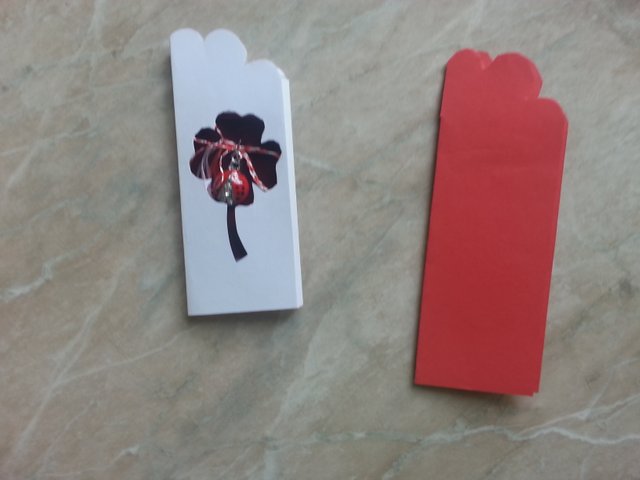
March 1 trinkets. It is said that in ancient martisor was made of two twisted colored wool - white and black or white and blue - and was given the first day of March. Trinket habit is actually a sequence of a scenario ritual renewal of time - spring at Dochiei symbolic death and rebirth.
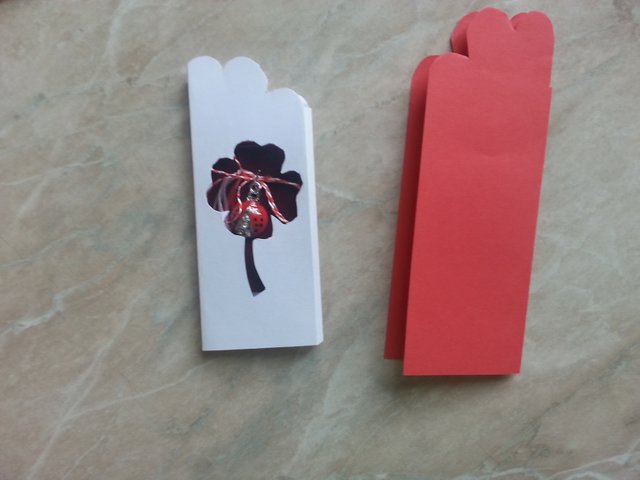
March 1 trinkets. Mărţişorul was placed in the hands or neck lucky children to wear them during the year, to be healthy and clean silver at the coming of spring. In some areas, children wore martisor 12 days at the neck and then tied him to a tree branch Young. If the tree that year it went well mean that the child will go well in life. In other cases, martisor was on blackthorn branches or flowering hawthorn when their baby will be white and pure as the flowers of these shrubs.
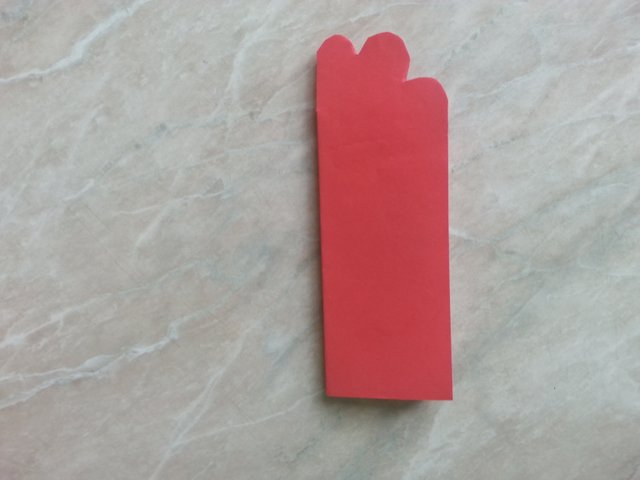
March 1 trinkets. Some traditions say that Mărţişor wire, rope 365 or 366 days, was spun Dochia, while climbing the mountain sheep. Like the Fates who spin the thread of life at birth, Dochia spin the thread of the spring, the birth of calendar time. Therefore, ethnologist martisor is called Ion Ghinoiu 'rope days, weeks and months of the year, gathered in a string bicolor ".
March 1 trinkets. origins Mărţişor
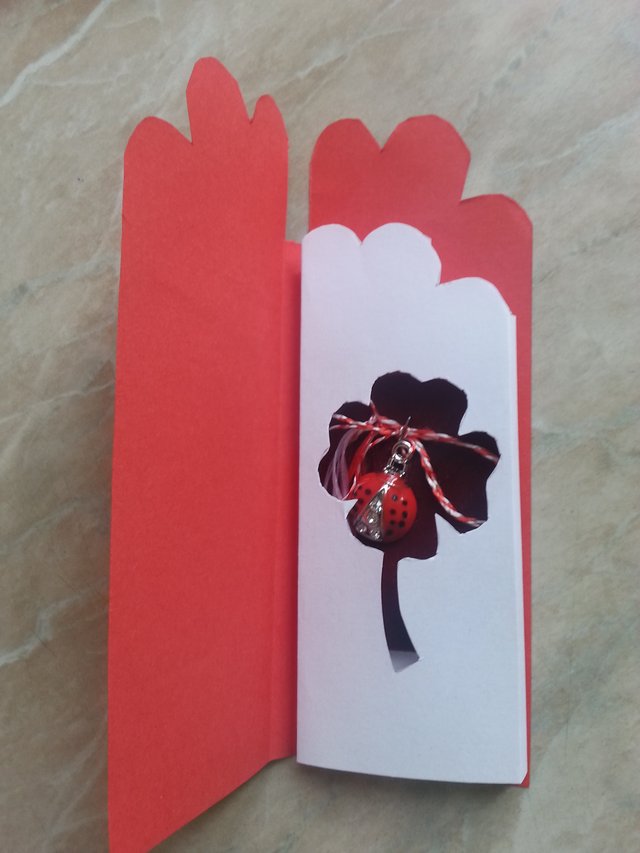
Trinket feast origins are not exactly known, but it is thought she appeared in Roman times, when the New Year was celebrated on the first day of spring in the month of Mars. It was not only the god of war, but also fertility and vegetation. This duality is seen in Mărţişor colors, white means peace, and red - war. New Year was celebrated on March 1 until the early eighteenth century.

Great work bro! I love it!
Thanks bro!